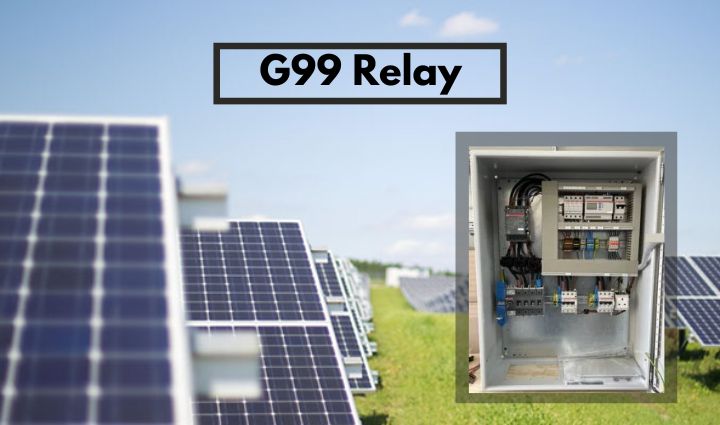Electricity is one of the most important inventions of human beings, and because of this valuable invention, we have made commendable progress in every field. For a long time, people have depended on diesel-powered generators to fulfill their electrical power needs. You can not imagine your single day using electric-powered appliances.
A generator is an independent grid to provide power to the equipment. However, most generators act as the secondary power source, and The generators come into play when the primary power source cannot deliver the required electricity. But now, people, governments, and other organizations are drifting away from these power sources and are adopting alternative solutions such as fuel cells, solar panels, wind turbines, and biomass systems. But transferring the electricity is a big task as it can be dangerous; the G59 relay and G99 relay can help us transfer the electricity safely.
Here we are going to learn about these relays in detail:
What is G59?
The connection between the generator device and the National Grid is regulated through the G59. These are regulation that dictates the term of how the electricity will transfer to the national grid from generators. Currently, the G59 is running on G59 issue 3, amendment 4 under the Ofgem rules for Embedded Generators. The G59 works under the authority of ENA Engineering Recommendations. Most Solar, Wind, and Combined heat electricity plants use these regulations to generate over 16A per phase total outcome.
What is G99?
G99 is an upgraded and safer version of G59. It is replacing the G59 as every power plants need to transfer the electricity as per the new recommendations. The G99 application is regulated by the Energy Networks Association (ENA). These regulations came from Ofgem rules.
What is the difference between G59 and G99?
The G99 regulations are applied on the whole site, including generators and inverters, while G59 can only regulate a limited number of equipment. G59 are old regulations that a grid needs to follow before 27 April 2019. After 27 April 2019, a new G99 grid application must be used for all the connections.
What is G99 protection?
A G99 is an electronic monitoring device to analyze the quality and stability of the main’s electricity. A G99-compliant Mains Protection Relay fixed the parameters related to voltage, frequency, rate of change, phase angle, and so on. The DNO dictates these parameters.
What does a G99 relay do?
A G99 relay is a mediator between mains-to-parallel applications to the power grid. It provides safety while transferring electricity between the distribution network and the generators regarding adjustable voltage, frequency, and loss of mains protections.
What is a G99 test?
These tests are invented to control the European technical and energy market rules. It aims to develop a safe, sustainable, and competitive market for electricity. It came into existence after 27 April 2019.
A variety of Methods to assess and record regulations compliance, including:
- Calibration and stability tests: For each phase’s under-voltage and overvoltage protection.
- Calibration and stability tests: For every phase’s over-frequency and under-frequency protection.
- Calibration tests: For the change of frequency rate protection.
- The RoCoF and vector shift stability tests: On all Protection relays interface.
These G99 application and devices are safe for energy transfer and save a lot of dollars. Always buy these from a reported firm that can offer you every solution, such as PV system parts, domestic and commercial solutions, and much more.


